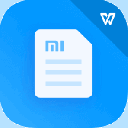




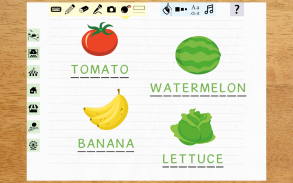

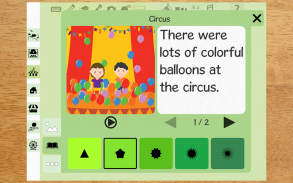
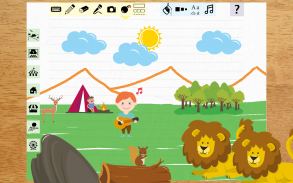


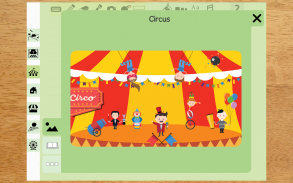
Tiny Table

Description of Tiny Table
Tiny Table is a freely downloadable application for touch devices –especially for
tablets– whose aim is to promote the reading development of children with special
educational needs. In this context, the application adapts to children, because it is
a flexible space that allows them to explore it autonomously. Alternatively, children
can use it together with a mediator (father, mother, older sibling, professional) who
can generate fun and challenging activities tailored to the specific needs of each
user.
This virtual desktop allows children to explore seven worlds with different themes,
all of which contain several images associated with the words used, stories which
children can both read and listen to, and an activity for arranging stories using
illustrated cards. With the letter board, users can write graphemes, phrases, or
sentences that the program will read out loud; speak in a funny voice using the
microphone; change the color and size of objects on the desktop; add musical
tones (notes) to objects; or explore the various tones of each note to generate
rhythms. Children will also be able to change the font used to display words,
segment words into letters, grab screenshots to have a record of their
work and progress, and use the eraser or the bomb to delete objects. In addition,
the Help button allows mediators to obtain more information about the operation of
the program's sections and tools.
With all these resources, Tiny Table is expected to allow children to conduct
activities that promote their development in the following areas:
Linguistic skills: includes the vocabulary and oral comprehension
dimensions.
Alphabetic principle and reading-writing: comprises letter naming, grapheme
knowledge, recognition of written words and conventional reading.
Auditory discrimination: includes the discrimination of tone, timbre, and
rhythm.
Phonological skills















